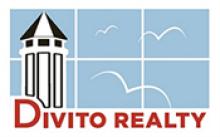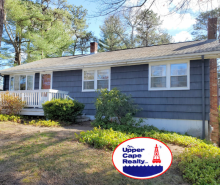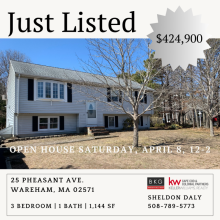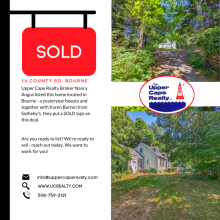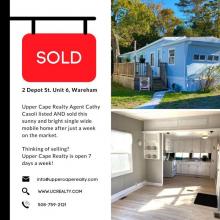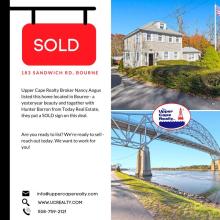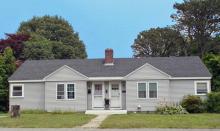Rochester voters to weigh ‘Green’ status at Town Meeting
Rochester Fall Town Meeting voters will decide whether to take several steps closer to joining a growing list of cities and towns with the “Green Community” label through changes that promote energy efficiency.
Town Meeting is set for Nov. 19 at 7 p.m. in Rochester Memorial School. All registered voters may participate.
Many agenda items relate to Rochester closing in on “Green Community” status, a designation born from the state’s 2008 Green Communities Act.
The label would provide grant opportunities and technical assistance from the state’s Department of Energy Resources to help reduce energy use and costs.
For Rochester to be closer to receiving the designation, voters will be asked to adopt three bylaw changes.
One change would ease the permitting process for solar arrays in one section of town. Voters will be asked to designate a 1-acre parcel of land at the High Street landfill as a “by-right zone” for solar energy array installation district. That would eliminate the need for a special-use permit from the town.
The town’s attorney Blair Bailey said that area would be the only spot in town that would have the “as of right” use.
“It has no impact on the solar bylaw we have in place,” said Bailey. “What it does is give you one place in town where, instead of needing a special permit, you’d need a site plan, which is a lower threshold permit.”
However, any solar arrays would still need Planning Board approval. Planning Board members noted that no arrays are slated for that site at this time.
Adopting the Stretch Energy Code, a set of building requirements aimed at lowering energy costs in new construction, is also on the agenda.
Having the code is another requirement of becoming a Green Community. The code, if approved, only applies to new residential construction, not renovations or additions. It also applies to commercial construction projects larger than 100,000 square feet.
Under the code, new buildings would need to have certain energy efficiency features. While building costs may be higher under the code, officials said homeowners could have lower energy bills and be eligible for future rebates.
The third change relates to creating a district friendly to renewable and alternative energy research or manufacturing. Slated for the town’s industrial zone, the district would set rules for renewable and alternative energy sources. Any projects would be subject to a site plan review by the town.
Under the potential types of renewable energy permitted in the district, the only one excluded was wind power. Officials said they did not want a potential business building a windmill on the site for testing.
Voters will also consider a proposed amendment to the multi-family bylaw regarding new construction and conversions.
In an effort to consolidate requirements into a single section, the bylaw would inform the amount of acreage and frontage that is required for two, three, and four-family home construction.
If the criteria are met by builders, then they would not need to go to the Zoning Board of Appeals for approval — unless they need to request a variance from the criteria.
The only major change in the multi-family bylaw is an increase to the setbacks for multi-family houses.
Voters will also be asked to approve a bylaw which would insert a “guiding principle” to the bylaws regarding the agricultural residential district. The addition is not enforceable by law, but would inform potential decisions on the district in the future.
The guiding principle aims to balance the rural nature of Rochester and residential growth in a way that is consistent with the Right to Farm bylaw. As long as a farmer uses good agricultural practices, the bylaw would ensure that a farmer’s right to farm is not infringed by resident complaints.
The principal is already included in the Master Plan and the Right to Farm bylaw, but it would simplify the understanding of the bylaw for residents and the town.




